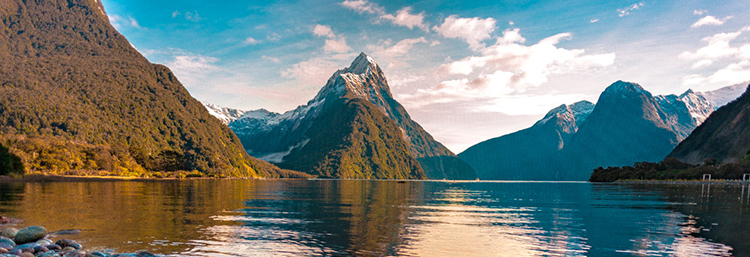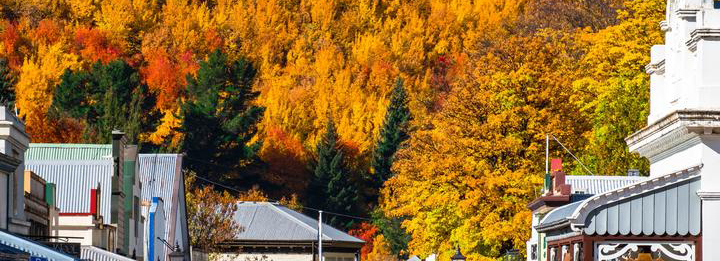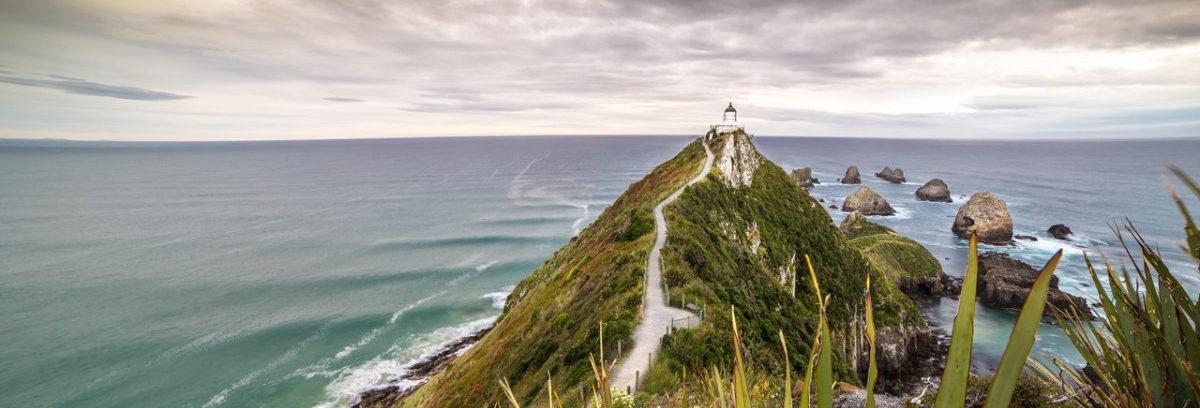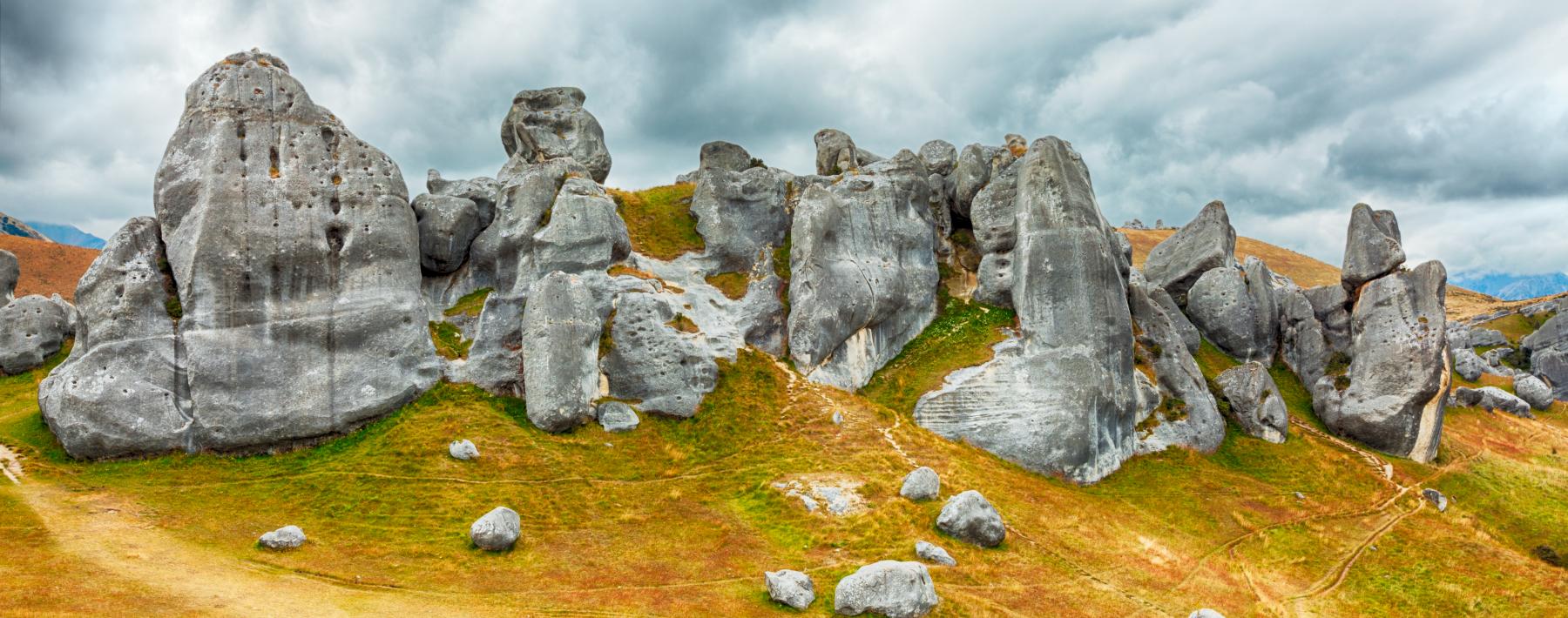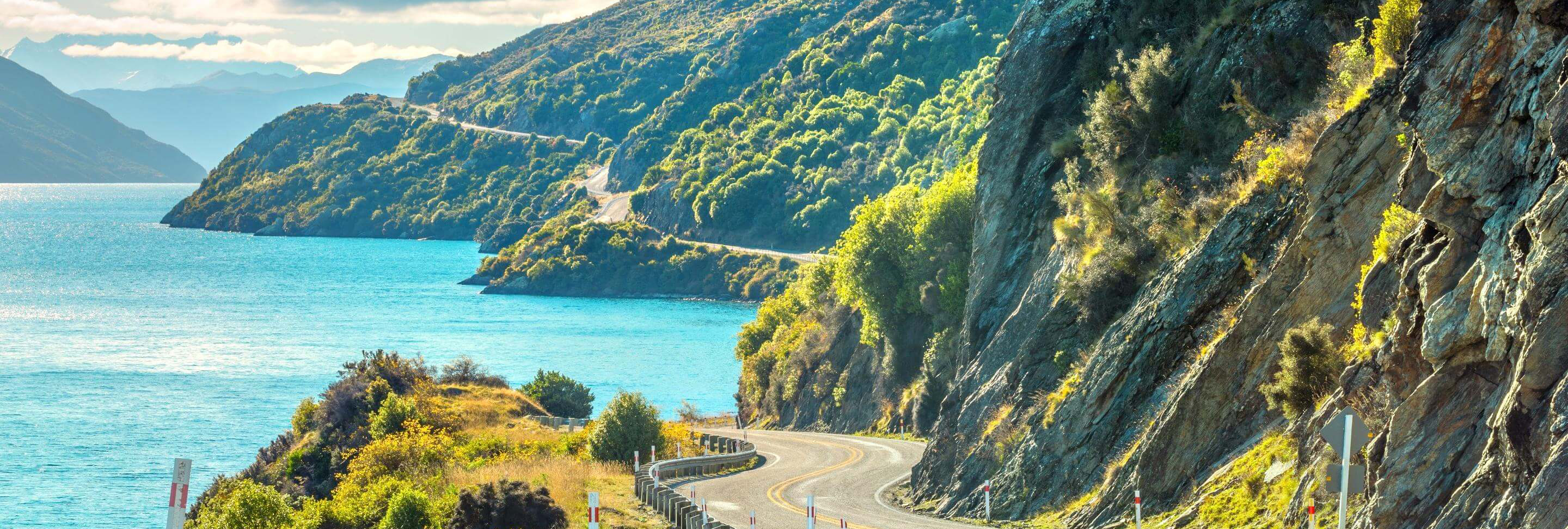- E-mail:yattravelnz@gmail.com
- Tel:+64 2102855813
- HOME
-
DESTINATIONS
- | Christchurch
- | Queenstown
- | Mt.Cook National Park
- | Milford Fjord
- | Wanaka
- | Fox Glacier
- | Auckland
- | Waitomo Cave
- | Rotorua
- | Taopo Lake
- | Abel Tasman National Park
- | Nelson Lake National Park
- | Golden Bay
- | Tongariro National Park
- | Marlborough Sounds
- | Stewart Island
- | Dunedin-Taieri Gorge Railway
- | Akaroa
- | whanganui-journey
- | TranzAlpine Train
- TOURS
- ABOUT
ABOUT GREAT WALLHome / About Great Wall / Nelson Lake National Park
Nelson Lake National Park
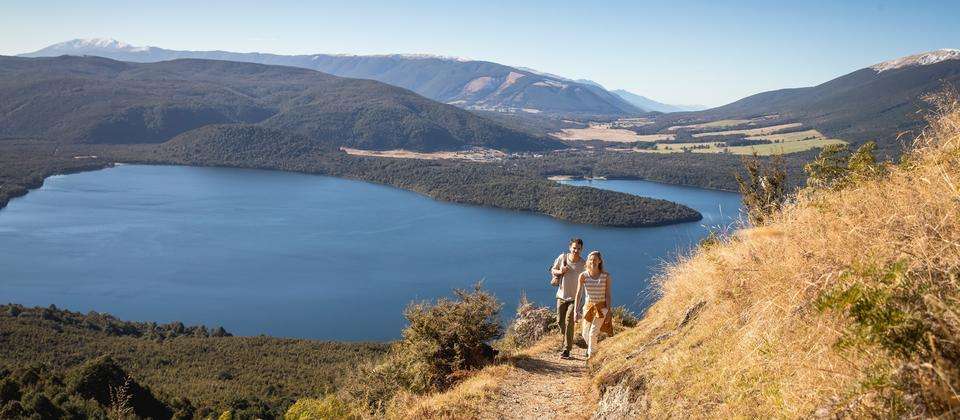
The Nelson Lake National Park, located in the South Alps of New Zealand and Northern Switzerland, has a quiet beech forest, steep mountains, clear streams and lakes of various shapes. The spectacular Nielsen Lake District National Park is more magnificent than ever, because it is set off by huge glaciers. Most of these glaciers were formed in the recent ice age. Many rivers still maintain glacial landforms - Lake Rotoiti and Lake Rotorua are two of the best examples. From January to April, the dense beech forest covering the lowland area of the park will be more charming because of the bright light of honeydew. You will feel the sweet taste in the air. Honey dew -- the end of the silk like condensate hanging from the branches -- comes from the hard work of insects. These insects turn the sap into honey. Honey dew is the food for many native birds, lizards and insects to obtain energy. The Ministry of Environmental Protection is actively engaged in the prevention of pests and diseases, providing better living space for Kaka parrots, yellow crested horse tailed parrots, blue tailed pigeons, giant snails and native bats.
Autumn - March to May
Even the lowest point of the park can still reach an altitude of 400 meters. So it often snows here from autumn. This is also the best season for you to explore the park by jet boat.
Winter - June to August
Visitors who ski by helicopter can make full use of the snowfall. The short haul plane from Wanaka to Queenstown will land on the vast white snow with countless snowflakes. However, walking may be limited by snow, ice and possible avalanches.
Spring - September to November
Avalanches are a potential threat on the Rutburn Walk. There are 16 steep ditches left by avalanches. The pass may be impassable. But you can walk back and forth along the valley. In late spring, the alpine meadow will be blooming with beautiful flowers.
Summer - December to February
Summer is the peak time for hiking, so there is always a stream of people on Lutebon and other pedestrian roads. The mountain corridor is generally open to the outside world. However, prior to departure, it is necessary to inquire the Ministry of Environmental Protection about the latest situation in the mountain area.
Yattravel.co.nz All Rights Reserved.WebDesign By:ICARUI

